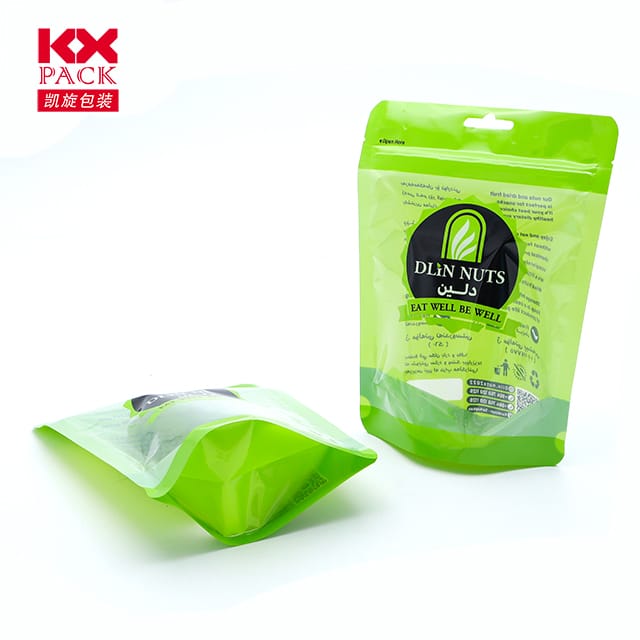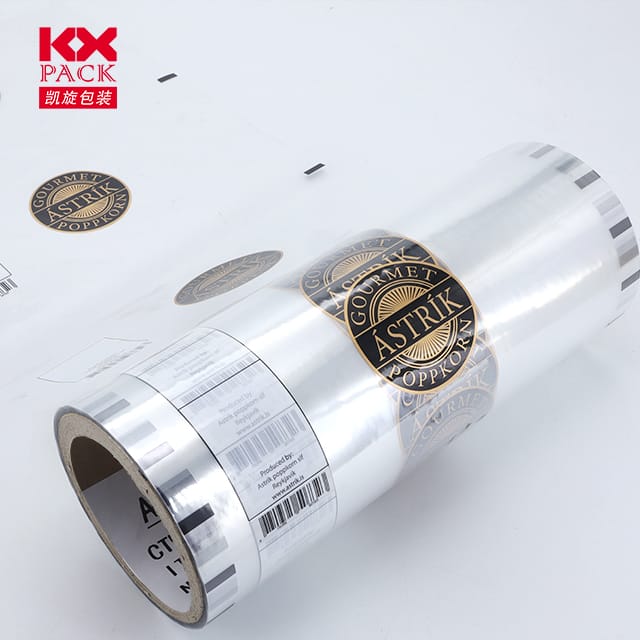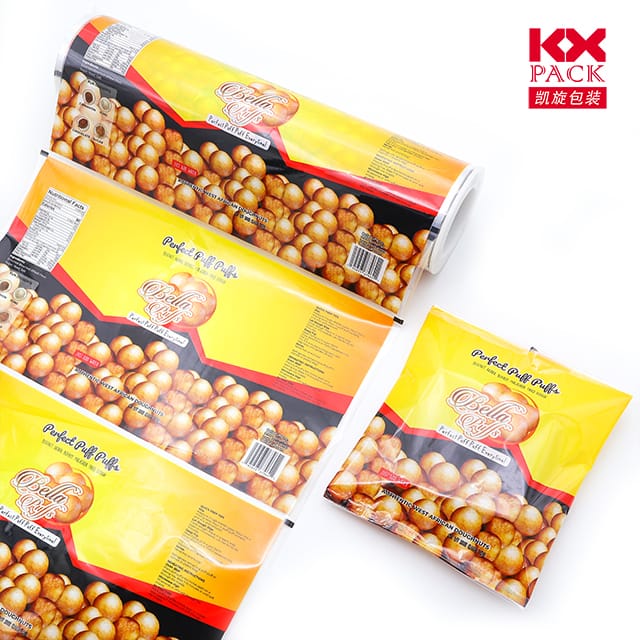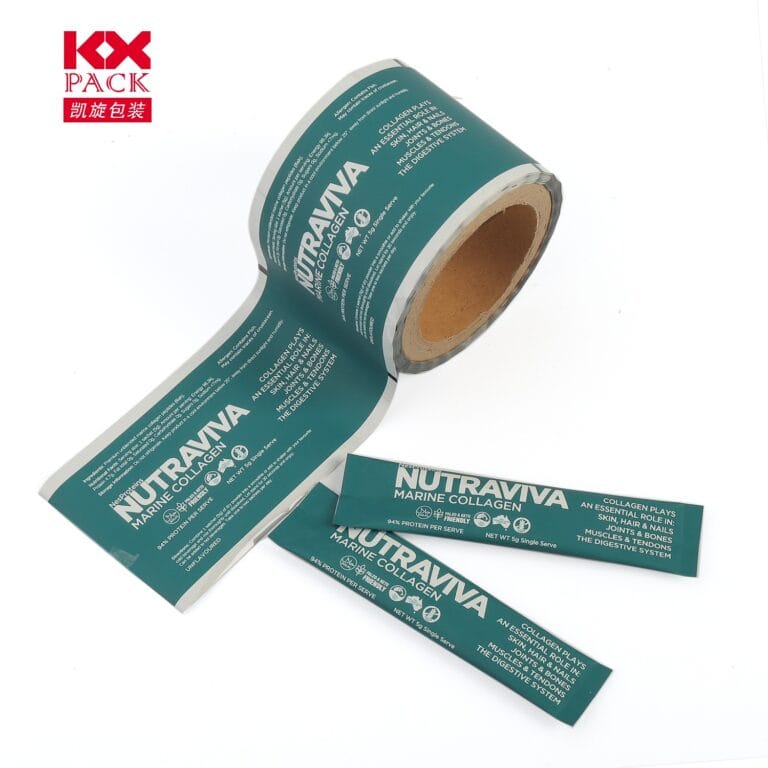Merevolusi Kemasan: Bangkitnya Inovasi Film Plastik Fleksibel(1)
Flexible Plastic Film
In an era where sustainability and functionality reign supreme, flexible plastic film packaging has emerged as a game-changer across industries. Dari pengawetan makanan hingga pengiriman e-commerce, bahan yang ringan namun tahan lama ini mengubah cara kami mengemas, melindungi, dan menyajikan produk. Let’s delve into why flexible plastic films are more than just a packaging trend—they’re a sustainable solution for modern challenges.
1. Keserbagunaan: A One-Size-Fits-All Approach
Flexible plastic films excel in adaptability. Their ability to conform to irregular shapes, seal tightly, and withstand various environmental conditions makes them ideal for:
- Makanan & Minuman: Vacuum-sealed packaging extends shelf life, while barrier films protect against moisture and oxygen.
- Pharmaceuticals: Tamper-evident seals and child-resistant closures ensure safety.
- E-commerce: Stretchable films secure items during transit, reducing damage and returns.
Tidak seperti kemasan yang kaku, flexible films require less raw material, enabling brands to optimize space in warehouses and on shelves.
2. Keberlanjutan: A Step Toward Circular Economy
While traditional plastics face criticism for environmental impact, flexible plastic films are pioneering greener alternatives:
- Bio-based Films: Made from renewable resources like cornstarch or algae, these films decompose faster than conventional plastics.
- Recycled Content: Many manufacturers now incorporate post-consumer recycled (PCR) materials into films, reducing reliance on virgin plastics.
- Lightweight Design: Using less material per package lowers carbon footprints during production and transportation.
Industry leaders are also exploringcompostable films DanDaur Ulang Kimia to close the loop on plastic waste.
3. Inovasi: Tech Meets Design
Flexible plastic films are no longer just a barrier—they’re a canvas for innovation:
- Kemasan Cerdas: Films embedded with sensors can monitor freshness, detect leaks, or even interact with consumers via QR codes.
- High-Barrier Films: Advanced coatings extend product longevity by blocking UV light, gases, or moisture.
- Printable Surfaces: Vibrant graphics and holographic effects enhance brand visibility and consumer engagement.
These advancements not only protect products but also elevate the unboxing experience, fostering brand loyalty.
4. Challenges & Future Outlook
Despite their benefits, flexible plastic films face hurdles:
- Infrastruktur Daur Ulang: Many films are difficult to recycle due to multi-layer structures or additives. Improving sorting technologies and standardizing materials could address this.
- Consumer Perception: Misconceptions about plastic’s environmental toll persist. Education campaigns and transparent labeling (MISALNYA., “Made with 50% PCR”) can build trust.
Melihat ke depan, biodegradable polymers Danwater-soluble films hold promise for zero-waste packaging. Collaborations between material scientists, brands, and policymakers will be crucial in scaling these solutions.
Kesimpulan: Embracing the Flexibility Revolution
Flexible plastic film packaging is more than a material—it’s a catalyst for change. By balancing functionality, Keberlanjutan, dan inovasi, it empowers brands to meet consumer demands for convenience, keamanan, dan kesadaran lingkungan. As technology evolves, the future of packaging lies in films that are not just flexible in form but also adaptable in purpose.
Panggilan untuk bertindak:
How can your brand leverage flexible plastic films to enhance sustainability and customer experience? Bagikan pemikiran Anda di komentar di bawah!






